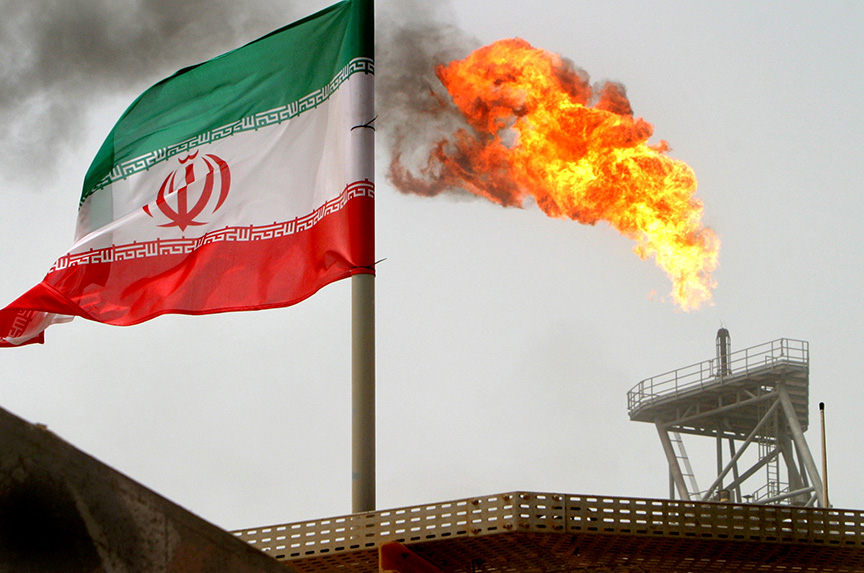 US President Donald J. Trump’s administration will reimpose sanctions on Iran’s central bank, oil sales, and shipping companies on November 5. These sanctions, the last of those the US lifted in 2016 as a consequence of the Iran nuclear deal, are likely to be coupled with new sanctions that are designed to achieve greater pressure than what the Obama administration imposed on Iran to enter negotiations over its nuclear program.
US President Donald J. Trump’s administration will reimpose sanctions on Iran’s central bank, oil sales, and shipping companies on November 5. These sanctions, the last of those the US lifted in 2016 as a consequence of the Iran nuclear deal, are likely to be coupled with new sanctions that are designed to achieve greater pressure than what the Obama administration imposed on Iran to enter negotiations over its nuclear program.
The sanctions that snap back into place on November 5 largely mirror those that the Obama administration lifted in January 2016. While fewer in numbers than those reimposed on August 6 by Executive Order (EO) 13846 issued by Trump, they are among the most powerful as they expand the primary blocking sanctions available for US designations and represent the bulk of the secondary sanctions on Iran.
These sanctions are:
- Secondary sanctions on significant transactions for the purchase, acquisition, sale, transport, or marketing of petroleum, petroleum products, or petrochemical products from Iran;
- Blocking sanctions on dealings with the National Iranian Oil Company (NIOC), Naftiran Intertrade Company (NICO), and the Central Bank of Iran (CBI, or Bank Markazi).
- Blocking sanctions on dealings with port operators in Iran and the Iranian energy, shipping, and shipbuilding sectors; and
- Secondary sanctions on significant transactions with any Iranian person (individual or entity) on the US Treasury Department’s Office of Foreign Assets Control’s (OFAC) list of Specially Designated Nationals and Blocked Persons (the SDN List). This last provision is particularly important as nearly every Iranian bank will be placed back on the SDN List on November 5. This will make transacting with Iran extremely difficult, even for non-sanctionable trade.
Additionally, entities owned or controlled by US persons that have previously been authorized to conduct certain Iran-related business will have to wind down this business on November 5. These entities are largely foreign-registered subsidiaries of US firms, which are not subject to US sanctions in nearly all other US sanctions programs. From November 5 onward, they will be subject to the full sanctions restrictions on Iran that US persons face, and their US parents will face enforcement consequences for any prohibited business they conduct with Iran.
In its quest to achieve “maximum pressure,” it is likely that the Trump administration will try to increase pressure through other new sanctions.
The administration appears to calculate that focusing on Iran’s support for terrorism is the best avenue to exert pressure on the regime. This is, in part, because such designations also carry secondary sanctions and are not eligible for the carve-outs in US sanctions, including humanitarian trade. We have seen designations in previous months target an Iranian bank not previously subject to secondary sanctions and the head of the CBI be designated for the bank’s support to the Islamic Revolutionary Guard Corps (IRGC) and the IRGC’s Quds Force, US-designated terrorist entities.
Read the rest on the New Atlanticist blog.
Brian O’Toole is a nonresident senior fellow with the Atlantic Council’s Global Business and Economics Program. He worked at the US Department of the Treasury from 2009 to 2017. During this period, he served as a senior adviser to the director of the Office of Foreign Assets Control (OFAC). Follow him on Twitter @brianoftoole.
Image: A gas flare on an oil production platform in the Soroush oil fields is seen alongside an Iranian flag in the Persian Gulf on July 25, 2005. (Reuters/Raheb Homavandi)
